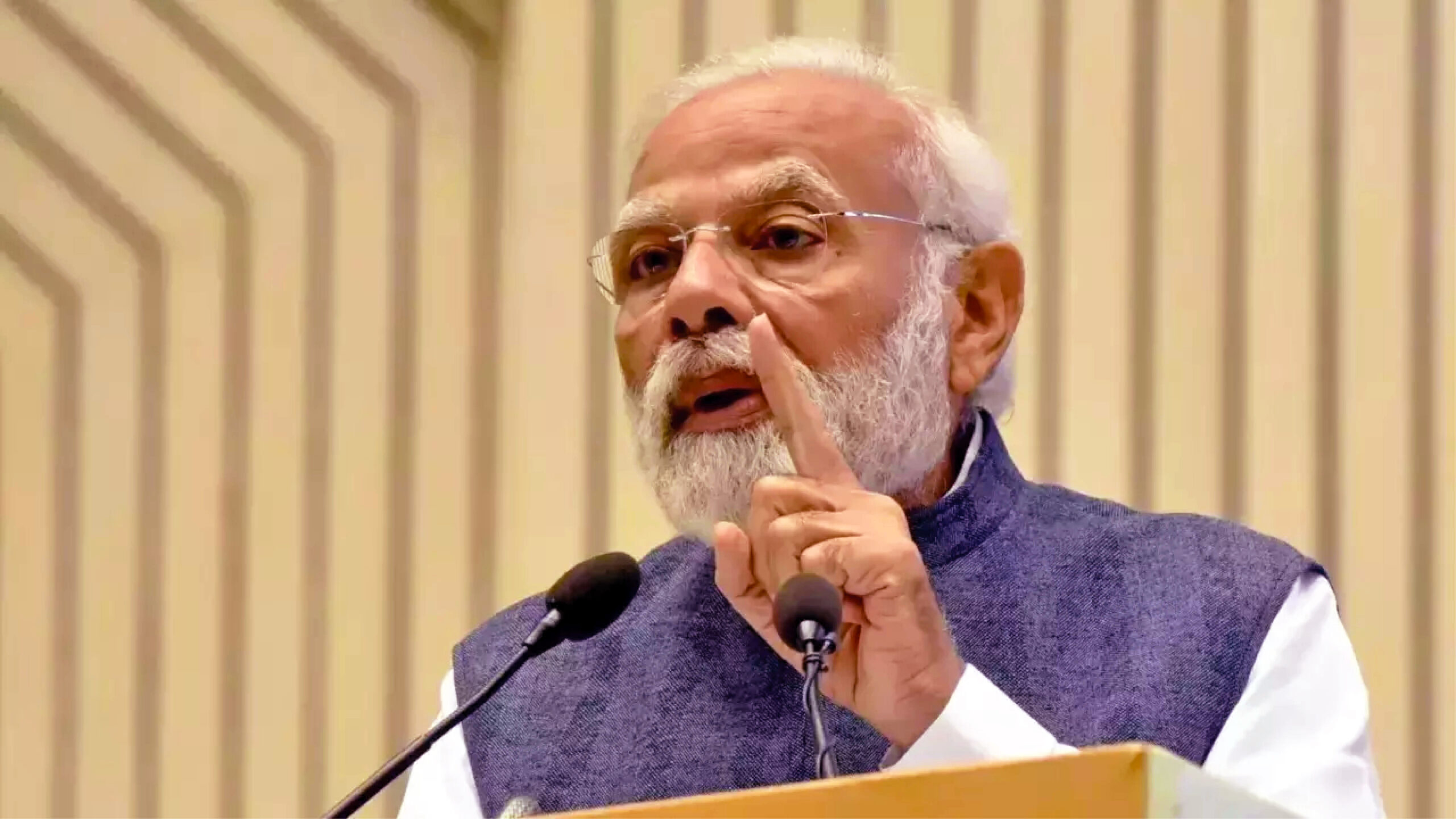
More people file Income Tax Returns (ITRs) in India than the entire population of 198 of the 217 countries listed in the World Bank’s Databank files. During the current financial year, 74.01 million persons filed their Income Tax Returns (ITRs) in India. The numbers are up by 16.1% compared to last year, indicating that 5.37 million persons filed their ITRs this year for the first time.
During the 2021-22 assessment year, 42.18 million Indian entities paid any income tax, more than the population of 182 economies of the world. The direct tax collections, net of refunds, during the financial year 2022-23 exceeded Rs 16.61 Trillion, up from Rs 14.12 Trillion in 2021-22, an increase of 17.63%.
The direct tax to GDP ratio increased from 5.62% in 2013-14 to 5.97% in 2021-22, whereas the cost of direct tax collection declined from 0.57% to 0.53% during the corresponding period. Personal income tax, as a percentage of GDP, increased from 2.1% in 2014-15 to 2.94% in 2021-22.
The growing number of returns and collections is due to a series of initiatives taken by the Income Tax Department (ITD) to facilitate, incentivise and streamline ITR filing. Pre-filled ITRs for salary, interest, dividend rental revenue, carried forward losses, and MAT credit have considerably simplified the ITR filing process and have improved compliance.
Facilitating access to income data through the Annual Information Statement (AIS) and Taxpayer Information Summary (TIS) played a pivotal role. Nearly 50 Million taxpayers downloaded AIS to file their returns this year. The new electronic tax payment platform provides more user-friendly income tax electronic payment options, which led to 35.6 Million Challans filed from April to July 2023.
Over 52.7 Million ITRs were electronically validated using AADHAR-based one-time passwords (OTP). Nearly 61% of the returns filed were electronically checked and processed by 31 July 2023. Moreover, social media marketing emails and SMS campaigns nudged early ITR filing.
These are all irrefutable statements of fact backed by hard data. Positive and pleasant, they trigger happy hormones, giving feel-good feelings. But do they tell the whole truth or provide a partial picture? Presented a little differently, these data tell an entirely different story.
The number of persons filing ITRs during the AY 2022-23 were no more than 5.21% of the country’s population. Of the 74.01 Million return filers, 51.6 Million (69.73%) declared zero tax liability. Over the years, the number and proportion of zero tax liability returns have gone up from 29.0 Million (44.82%) in 2019-20 to 48.4 Million (72.02%) in 2020-21 to 50.5 Million (72.77%) in 2021-22.
It is a dampener that only 22.41 million return filers, a minuscule 1.58% of the country’s total population, paid any income tax during the AY 2021-22, the latest year for which official data is available in the public domain. For comparison, 59.9% of households in the USA (2022), 76.4% in the UK (2019), 39.5% in Germany (2021), 34.1% in OECD countries (2021), and 44% in France (2022) pay income taxes.
Incidentally, individuals constitute 95%of all income taxpayers. Further, the direct tax collection amounted to Rs. 9.696 Trillion. Corporate income tax was Rs 4.598 Trillion (47.42%), while the personal income tax was 4.259 Trillion (43.93%).
During the 2013-2023 decennial, the number of individual income taxpayers has recorded a CAGR of 6.04%. The growth rate in other income taxpayers, like Hindu Undivided Families (HUF), firms, companies, trusts, societies, etc., has been much lower at 4.33%.
A back-of-the-envelope calculation indicates that at this rate of growth, India might take a century to reach parity with the OECD and many more years to come at par with the United Kingdom.
India’s gross direct tax has risen by 20.33% to exceed Rs 19.68 lakh crore in 2022-23. Still, disquietingly, that is contributed merely by 22.41 Million persons or, as mentioned before, by only 1.58% of the population.
Strangely, 19.77 Million persons paid income taxes but did not file their tax returns. These are people whose income taxes were deducted at sources. Including them, the number of taxpayers becomes 42.18 million, a minuscule 2.97% of the country’s population.
How long can 3% bear the burden of or sustain 97% of the country’s population? The question warrants urgent action because their burden has been increasing due to the increasing propensity of the centre and state to financial profligacy.
India, with a population of 1.421 Billion, is home to a sixth of humanity. With a GDP of $3.385 Trillion, it is the fifth-largest economy in the world (the third-largest in PPP terms since 2011). Strangely, less than three per cent of people pay income taxes. Increasing the tax-to-GDP ratio is critical, but expanding the tax base by increasing the taxpayers-to-population ratio can’t be less crucial.
G20 accounts for 85% of the global GDP, 75% of the worldwide trade and two-thirds of the world population. India alone accounts for 17.85% of the population, but its contribution to the world GDP is only 8.7% (9.3%, after allowing for the base year and the informal economy).
India’s share in world merchandising exports and imports is 1.8% and 2.2%, whereas its share in commercial services exports and imports is 4.4% and 4.0%, respectively. Most critically, India’s per capita GDP is only $ 2,085.12 ($7,096.34 in PPP terms), the lowest among the G20 nations India presided over in 2023.
The number of dollar billionaires in the country has been on the rise recently, but on the ground, only 0.05% of the returns disclosed an annual income of more than Rs 10 Million. 87.62% of the income tax returns filed during AY 2020-21 disclosed an annual income of less than a million rupees.
Of the 2.26 Million registered companies, 1.44 Million were active as of 2021, out of which only 0.97 Million (67.36%) filed income tax returns in 2021-22. Obviously, 32.64% of the active companies did not generate enough income to file tax returns.
Confirmation biases and framing effects in the choice of information for communication heighten a sense of accomplishment and boost morale. But they might also deflect attention from the real and critical issues.
frThe authors are finance area faculty members in the Faculty of Management Studies, Jamia Millia Islamia, New Delhi.















